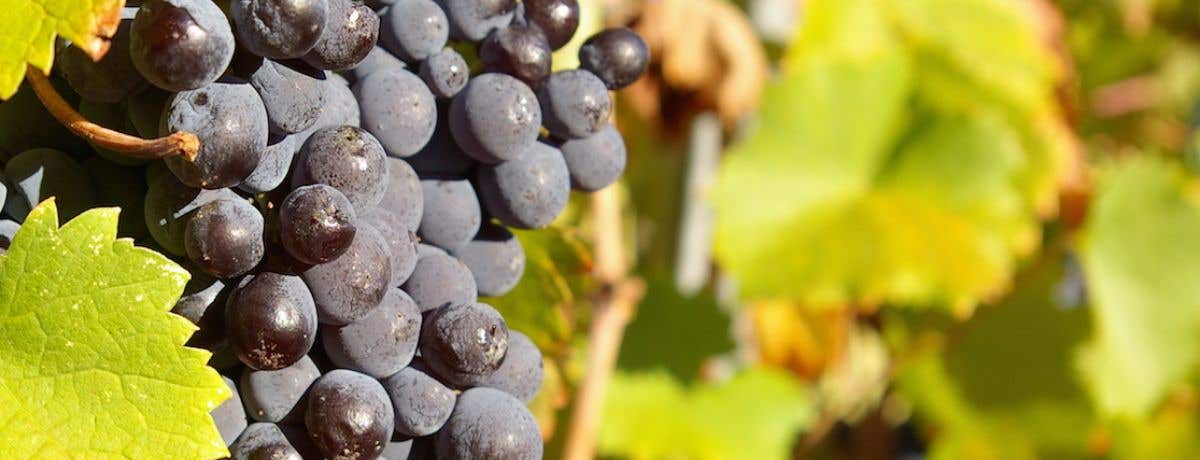Provence

Although most of us associate Provence with holidays rather than with wine, this disparate region's wines are getting better and better. What seems to work particularly well is a conscientiously made, often oak-aged, blend of the Cabernet Sauvignon grapes of Bordeaux with the Syrah of the northern Rhône. What is most obviously made in enormous quantity, however, is light, dry rosé, which, if drunk young and well chilled, can seem justification for wine's very existence when sipped on a vine-shaded terrace with aioli and the sound of crickets in the background. Although much of it seems to be made on the assumption than tourists don't notice what they're drinking, quality is increasing as the fashion for dry and more serious rosé gathers pace.
The most common appellation of all is the catch-all Côtes de Provence, stretching right across most of the region. More than six bottles in every 10 carrying the name contain rosé of some sort. Grape varieties also include Carignan, Grenache, Cinsault and, a local rarity which can add a certain herby scent to rosé, Tibouren. Rolle (known elsewhere as Vermentino) is the region's most distinctive white grape. In this, mainland France's driest, sunniest climate, fungal diseases are not the perennial threat they are elsewhere and the region is well suited to organic viticulture. Domaine Richeaume has been a particularly successful exponent. The area is seething with experimentation but little evidence escapes France.
Coteaux Varois is a more recent appellation on cooler, higher territory within Côtes de Provence, named after the Var department. It harbours some ambitious incomers at estates such as Domaine du Deffends and Château Routas.
Coteaux d'Aix-en-Provence is the other significant appellation and is not quite so rosé-dependent, making the full range of all three colours. Château de Vignelaure is one of the best-known estates, making wines in the image of bordeaux. At the western end of this appellation is the very particular Les Baux-de-Provence, vineyards around the haunting rocks which gave their name to bauxite. Domaine de Trévallon is the star here, producing seriously ageworthy deep red wines outside the appellation, although good bottles can also be found chez Mas de la Dame, Domaine de Hauvette, Mas Ste-Berthe and Domaine des Terres Blanches.
Provence also has a number of more specific appellations, of which the most important is Bandol, known principally for its characterful, warmly spicy oaked reds made predominantly from Mourvèdre and dry rosés made mainly from Cinsaut and Grenache. So warm is the climate here right on terraces immediately above the coast, sheltered from the piercing local wind, the mistral, that this late-ripening variety can, unusually in France, be relied upon to ripen almost every year. The reds are ripe and lush enough to be enjoyed in youth but the best also have the capacity for long ageing. Domaine Tempier is the best-known producer but there is a remarkably high general standard among Bandol producers including Domaine de la Bégude, Châteaux La Rouvière, Pibarnon, Pradeaux, Domaine la Tour du Bon and Château Vannières.
The white wine answer to Bandol is Cassis, made just along the coast, but so great is local and tourist demand for this slightly heavy dry white that little escapes the region. Bellet is another strictly Provençal speciality, made in all three colours in the hills above Nice, while Palette is effectively an idiosyncratic one-property appellation just outside Aix.
To France's wine authorities the rapidly improving appellation Luberon is part of the greater Rhône Valley, but to estate agents and the millions who have read Peter Mayle the Luberon is Provence – and in viticultural terms it is certainly cooler than either the southern Rhone or most Provençal vineyards. Coteaux de Pierrevert to the immediate north east is even cooler, and sleepier, and makes generally lighter wines.
Some favourite producers: Bégude, Bunan, Ch de Bellet, Gavoty, Hauvette, Pibarnon, Richeaume, Rimauresq, Tempier, Trévallon, Vannières.